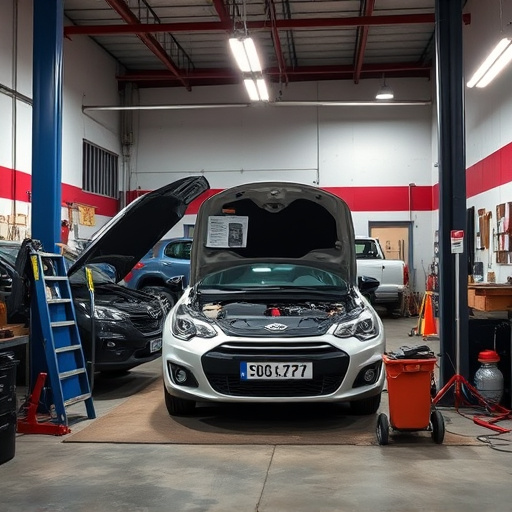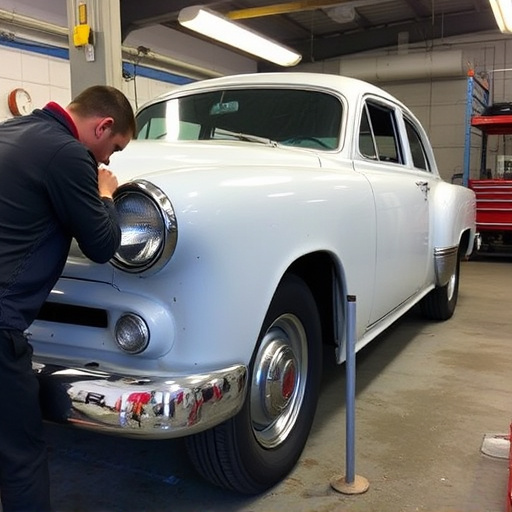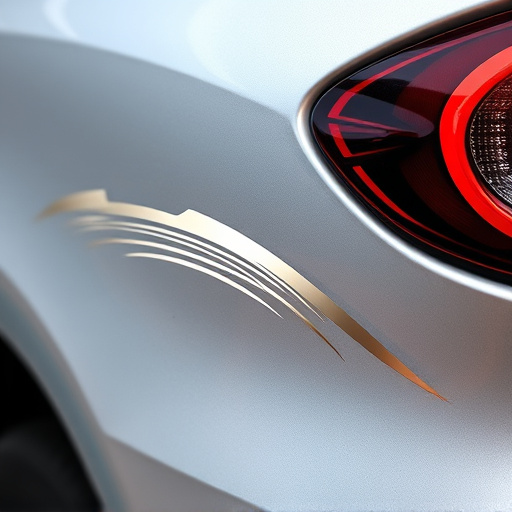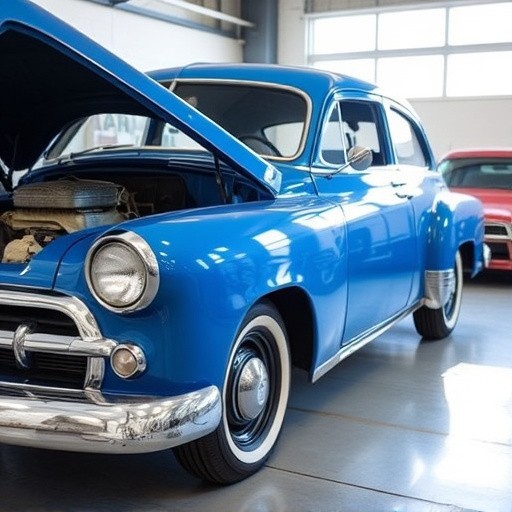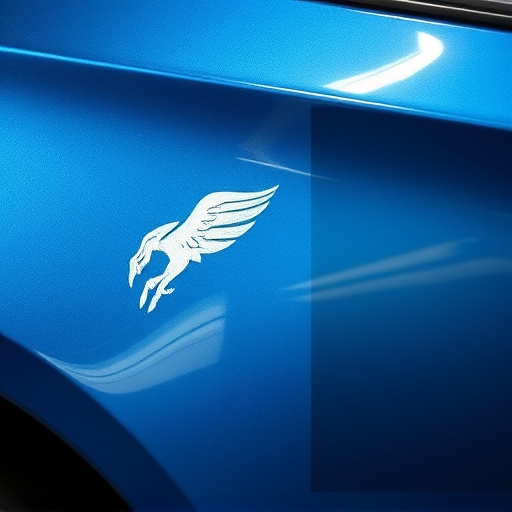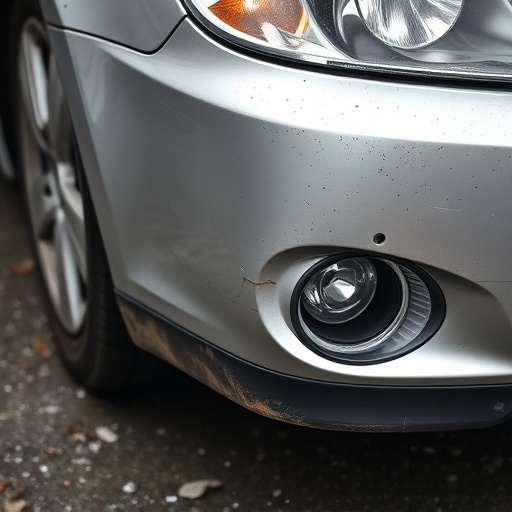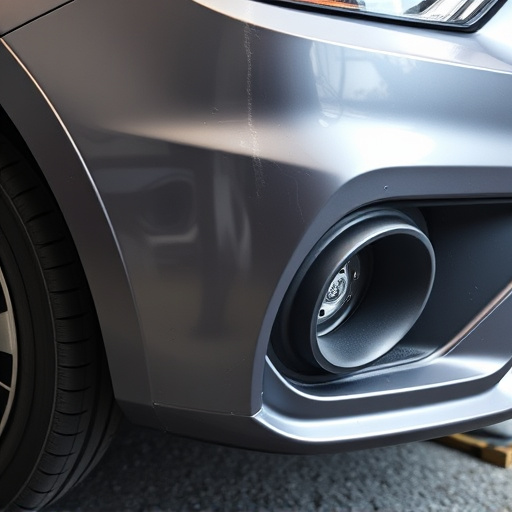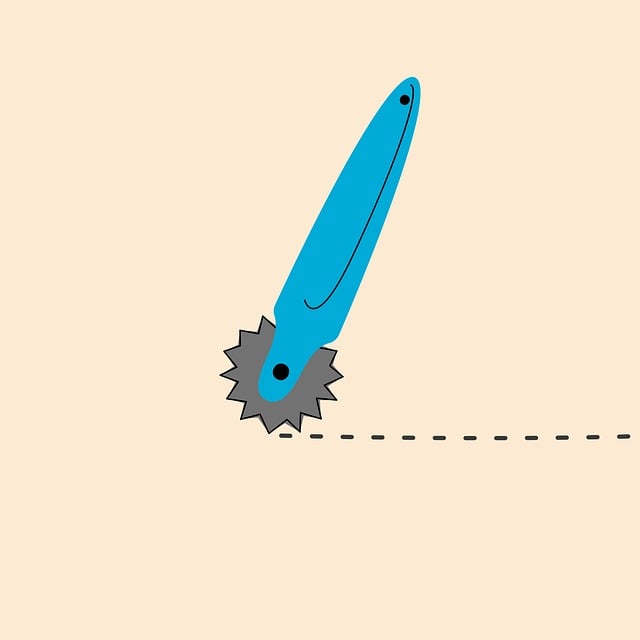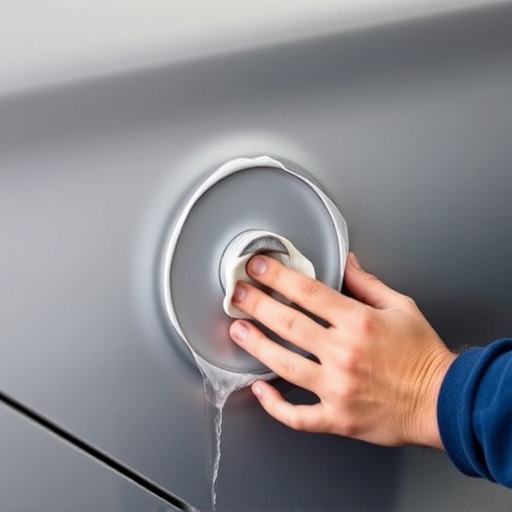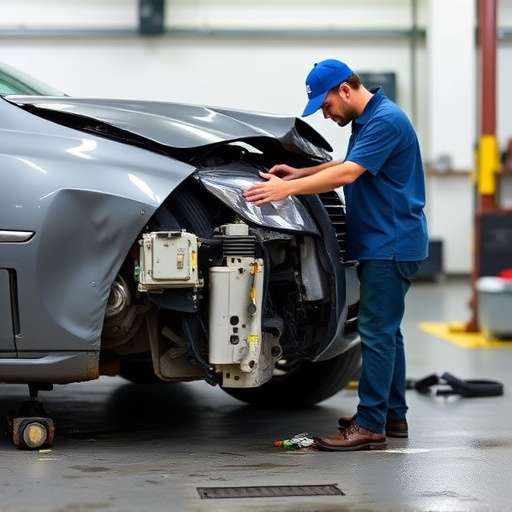Induction heating repair is a specialized process using electromagnetic induction to melt and reshape metal for precise auto body repairs. Advanced tools like precision measurement and cooling systems enhance accuracy and speed, improving quality and customer satisfaction. Avoiding surface preparation issues and strict temperature control ensures optimal results in car dent and damage repair scenarios.
Discover the art of advanced induction heating repair with our comprehensive guide. From mastering basic principles to exploring sophisticated techniques, this article equips you with the knowledge to tackle repairs efficiently. Learn how to navigate common pitfalls and avoid costly mistakes. Elevate your skills in induction heating repair, ensuring precise and reliable results. Uncover expert insights that distinguish you as a seasoned professional in this critical area.
- Understanding Induction Heating Repair Basics
- Advanced Techniques for Efficient Repairs
- Common Mistakes to Avoid During Repair Process
Understanding Induction Heating Repair Basics
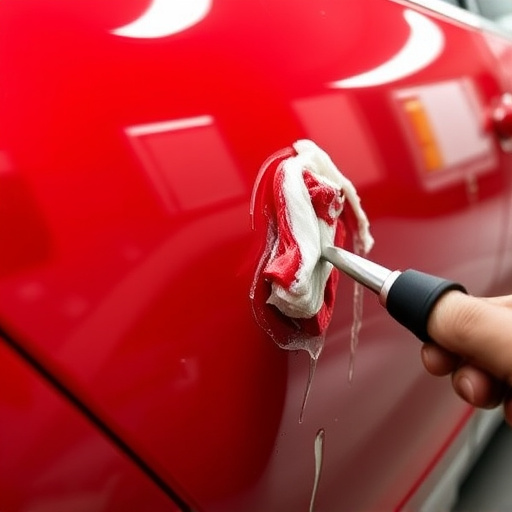
Induction heating repair is a specialized technique used to fix and strengthen metal components, particularly in automotive industries. It involves generating heat through electromagnetic induction, which is then focused on specific areas needing repair. This method is highly effective for car bodywork services, as it can precisely melt and reshape metal without affecting surrounding areas. By controlling the intensity and duration of the inductive current, technicians can perform precise repairs, ensuring structural integrity and aesthetic quality.
Understanding the fundamentals of induction heating repair is crucial for both professionals and enthusiasts. The process begins with preparing the damaged area by cleaning and degreasing it to ensure optimal contact between the inductor and the metal. Once ready, the inductor is placed in close proximity to the target zone, creating a magnetic field that generates heat. This localized heating allows for precise control over the repair, making it ideal for fixing dents, craters, or misalignments, often caused by minor accidents like fender benders. Auto body services that incorporate induction heating can offer efficient and effective solutions without compromising on quality.
Advanced Techniques for Efficient Repairs
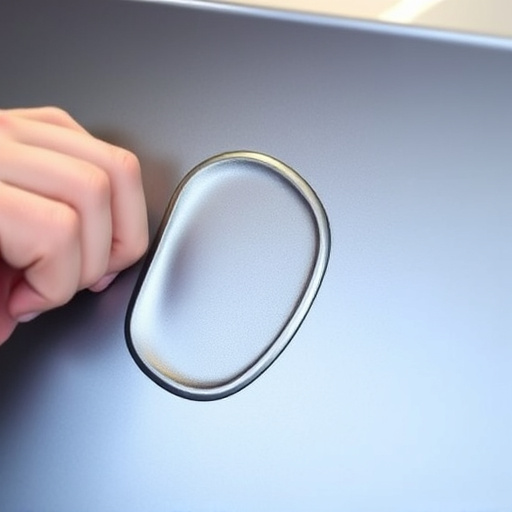
In the realm of induction heating repair, advanced techniques play a pivotal role in enhancing efficiency and ensuring top-notch results. One such technique is the integration of precision measurement tools that allow for exact control over heat input, enabling more accurate and consistent repairs. This is particularly beneficial for complex auto body repairs, where precise heating is crucial to maintain structural integrity while replacing damaged components.
Additionally, leveraging advanced cooling systems can significantly streamline the repair process. Efficient cooling not only expedites the overall repair time but also minimizes the risk of heat-related distortions or damages in both collision repair and general auto body repairs. Such sophisticated approaches ensure that induction heating repair services meet the highest standards of quality and customer satisfaction, making them a game-changer in the industry.
Common Mistakes to Avoid During Repair Process
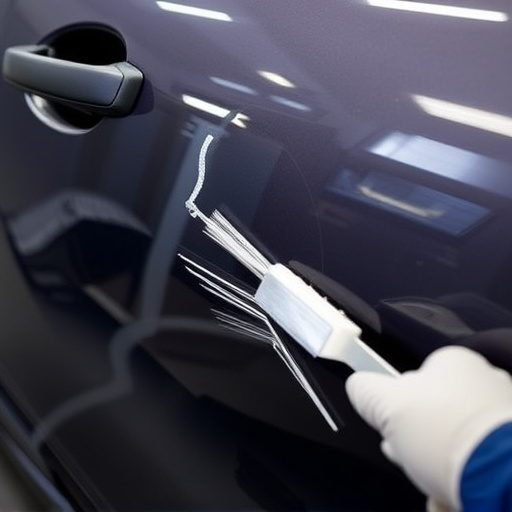
During the repair process of induction heating, especially in a car body shop addressing car dent repair or car damage repair, it’s essential to be aware of common pitfalls that can compromise the outcome. One frequent mistake is not properly preparing the surface before applying heat. This includes failing to clean and degrease the area thoroughly, which can lead to uneven heating and potential surface imperfections. Always take the time to ensure the metal is ready for repair; this fundamental step cannot be overlooked.
Another common blunder involves over-heating or under-heating the affected area. Induction heating requires precise control to deliver the right amount of heat evenly. Overexposure can cause excessive damage, while insufficient heating might not effectively re-form the metal. Technicians should strictly adhere to recommended heating protocols specific to different car body shop scenarios, ensuring optimal results in car dent repair or car damage repair processes.
Induction heating repair is a specialized skill that, with proper understanding and advanced techniques, can significantly enhance efficiency and quality. By avoiding common mistakes and staying informed about the latest practices, technicians can ensure optimal results for various industrial applications. Remember, continuous learning and adaptation are key to mastering this sophisticated technology, ensuring long-lasting and reliable repairs in the world of induction heating.
